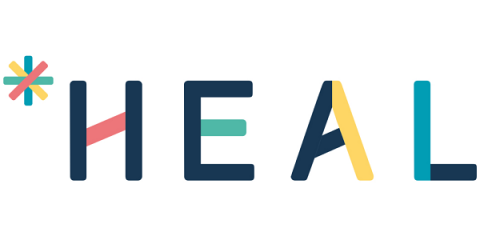6 AIOps Myths You Should Be Wary Of
AIOps myths and how to avoid them Gartner coined the term AIOps in 2016 to refer to the combining of “big data and machine learning to automate IT operations processes, including event correlation, anomaly detection and causality determination.” In the five years since, AIOps has grown leaps and bounds — last year, AIOps was at the peak of the Gartner hype cycle.


